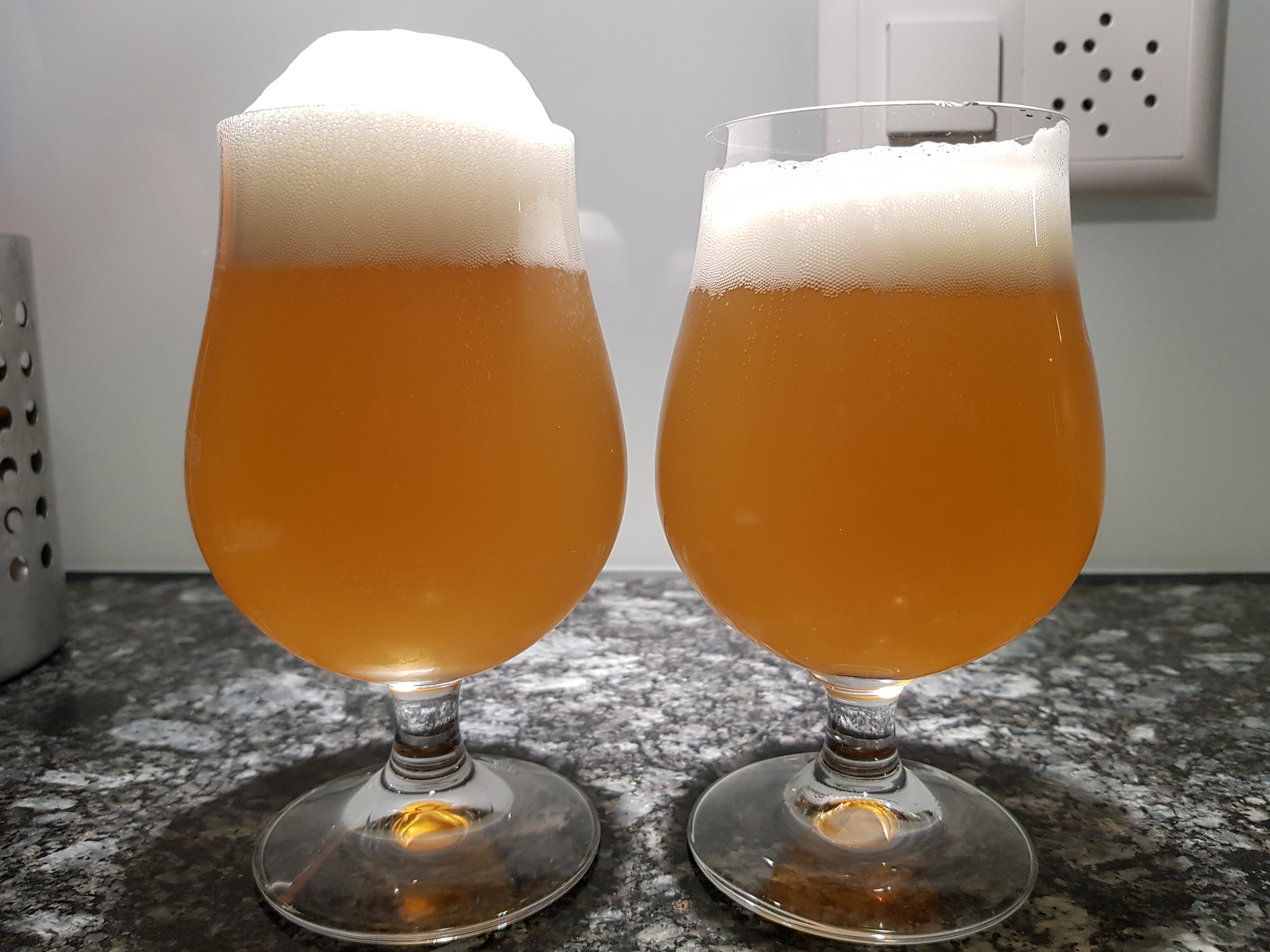Dusan Kovacevic
Well-Known Member
I'm not saying I know anything but will offer my opinion on this anywaysYeah, although I find it hard to believe I would use less gas compared to my current practice. I really just try to flush the headspace as briefly as possible.
Now this idea brings something back to my mind: there was one guy in another forum who advocated the practice of filling directly from the spigot, without a bottling wand. This would make the beer foam up in the bottle (even though not carbonated), and he would then be able to cap on foam.
Obviously this guy had a hard time on that thread, because this practice goes against all conventional wisdom about trying to reduce air contact as much as possible.
But maybe there is something to it... if it works, that would be a hell of a cheap and straightforward method. One more thing to try!
From my few small experiments so-far I gained the impression that it is not the brief air contact during transfers that oxidizes the beer most, but much more the prolonged contact with even the tiny amount of air in a bottle headspace. As always I'm talking about bottle conditioned beer here, and working with active yeast as your friend. That might be completely different for transfers implying cold and finished beer.
So I agree with your statement that the main culprit of beer oxidation would be prolonged(days, weeks, months) contact with O2 in head space couples with above atmospherics pressure in the bottle. Brief contact with O2 from atmosphere is surely negligible, unfortunately I don't feel that splashing helps but I'm not sure how much it would contribute to oxidation.
Again I'm not claiming any expertise on this and would love if someone would correct my assumptions with evidence or scientific data(hopefully the kind of data that my simple brain can understand)



























![Craft A Brew - Safale BE-256 Yeast - Fermentis - Belgian Ale Dry Yeast - For Belgian & Strong Ales - Ingredients for Home Brewing - Beer Making Supplies - [3 Pack]](https://m.media-amazon.com/images/I/51bcKEwQmWL._SL500_.jpg)













